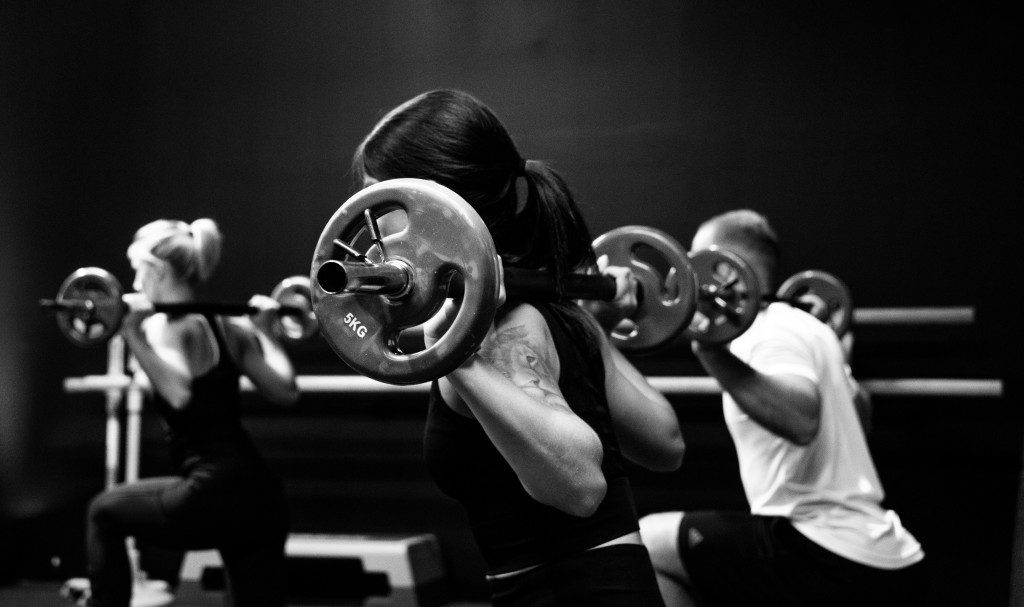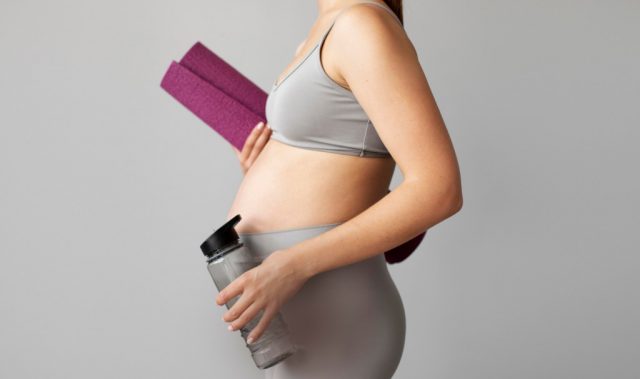
AsianScientist (Apr. 16, 2024) – A recent study published in the Journal of the American College of Cardiology has found that women can achieve the same health benefits by doing approximately half the amount of exercise men do.
Given that men and women experience different physiological responses to exercise, its impact on health outcomes have been unclear. In order to find that out, the study aimed to investigate sex differences in the association of self-reported exercise habits with all-cause and cardiovascular death within a large cohort of American adults. The multi-institutional team behind it included researchers from the School of Clinical Medicine of Tsinghua University in Beijing and Smidt Heart Institute at Cedars-Sinai Medical Centre in Los Angeles among others.
The team collected participant data of 412,413 adults who took part in the National Health Interview Survey (NHIS) from 1997 to 2019. This data included demographic and medical information and a standardized questionnaire that recorded the frequency, duration, and type of regular physical activity throughout the time period.
As many as 39,935 participants had succumbed to all causes of death, with 11,670 linked to cardiovascular conditions by the end of 2019. Despite exercise being found to decrease the risk of premature death for both sexes, along with the survey data indicating men consistently clocked up more exercise than women, but it was the female participants who got the most out of their workout sessions.
The findings showed that men required 300 minutes of aerobic exercise each week to achieve an 18% reduction in mortality risk, whereas women experienced the same longevity benefits with just 140 minutes of exercise. Moreover, women who engaged in 300 minutes of weekly aerobic exercise saw a 24% decrease in the risk of death.
A similar analysis on muscle-strengthening exercise found that women achieved the same or greater survival benefit from a single weekly strength-training session as men did with three weekly sessions.
“Our study doesn’t suggest that women should exercise less, but rather it encourages women who may not be getting enough exercise for various reasons, that even relatively small amounts of exercise can provide significant benefits,” Dr Hongwei Ji, co-author of the study from Tsinghua University told Guardian.
In their research paper, the authors agreed that physiological differences related to sex, such as in muscle mass, lung capacity and the cardiopulmonary system could help explain these observations.
Dr Martha Gulati, study co-author and director of preventive cardiology at Cedars-Sinai in Los Angeles told TIME that this study, along with others, have underscored the necessity of incorporating sex-based differences into research and public-health policy. The current federal guidelines for physical activity offer the same blanket recommendation for U.S. adults.
“For years, we’ve used men as the standard,” Gulati said.
Due to limitations such as restricting to an American population, relying on self-reported exercise data and the lack of consideration for other forms of daily physical activity such as household chores or occupational tasks, further research would be necessary to validate these findings.
—
Source: Tsinghua University ; Image: Unsplash
The article can be found at Sex Differences in Association of Physical Activity With All-Cause and Cardiovascular Mortality
Disclaimer: This article does not necessarily reflect the views of Asian Scientist or its staff.












